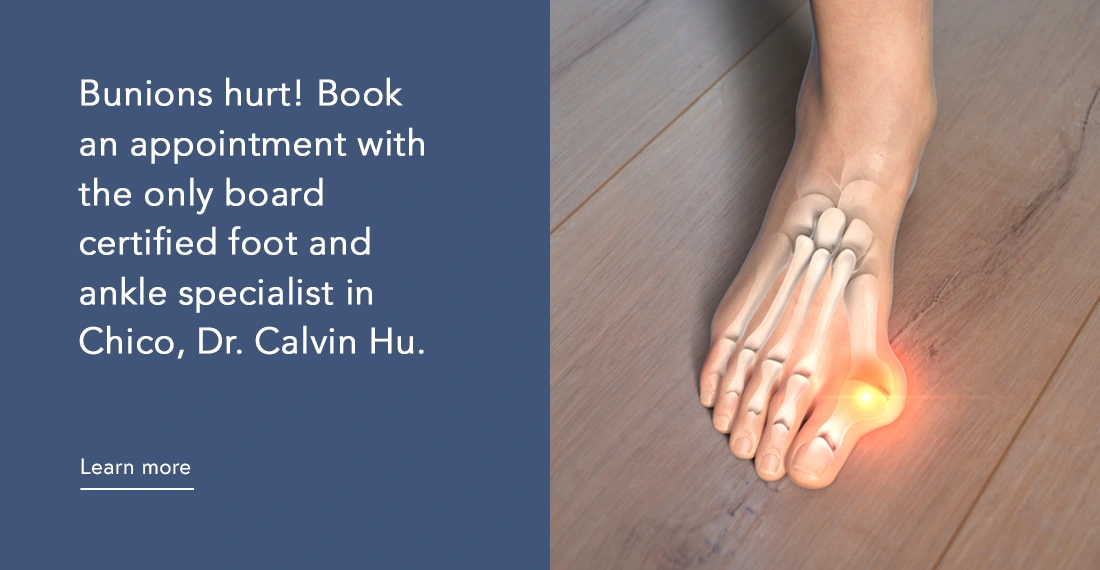Calcaneus Fracture (Broken Heel) Treatment
The calcaneus or heel bone is the largest bone in the foot and servers as the primary weight bearing structure in the heel.
A heel bone fracture can be severe, painful and debilitating. Many times, surgery is necessary to restore normal anatomy and mobility. Sometimes, this type of fracture can cause long-term complications, such as arthritis, stiffness and pain, despite proper treatment.
Treatment will depend upon the type and severity of fracture, the details of your injury, your health and the extent of the damage to the soft tissues. Severity is determined by the number of fractures, the amount and size of bone fragments, whether the bones line up, whether cartilage is injured, and whether the surrounding muscles, tendons and skin are injured.
The goal of treatment is to restore normal anatomy and function. Your OANC orthopedic surgeon will evaluate your options and discuss them with you.
When is nonsurgical treatment appropriate?
When a heel fracture doesn’t affect the joint and the broken pieces are not displaced, it may be treated with nonsurgical management. This will include rest, icing, compression and elevation, and immobilization. A cast or splint will be used to protect the fracture and hold the bones in their proper position. Immobilization with a cast can last 6-8 weeks or longer. Crutches are used to take the weight off the foot until the fracture is healed. However, nonsurgical treatment can sometimes lead to complications including arthritis and a limp.
When is surgery appropriate?
- When the fracture is open and the bone fragments stick out of the skin, immediate surgery will be needed.
- If the fracture causes the Achilles tendon to tear off a piece of the bone (an avulsion fracture), immediate surgery may be necessary. Avulsion fractures are uncommon.
- When the fracture extends into the joint or the normal anatomy of the heel is deformed, surgery may be necessary to restore anatomy and mobility. However, surgery may be delayed to allow swelling to subside which can improve your results and reduce the risk of infection.
- It is important to note that there are multiple types of heel fractures
What are the types of surgical procedures?
Percutaneous screw fixation. This procedure is performed through the skin with a small incision, when the pieces of bone can be realigned without a large incision. The repositioned bone is held in place with screws.
Open reduction and internal fixation. This procedure is performed when the bone fragments must be realigned and are held in place with metal plates and screws.
Recovery
After surgery you will be put in a cast for 6-8 weeks and weight bearing will be restricted until the fracture heals which can take three or more months. Pain management may include the use of opioids for a limited time. Physical therapy is required to restore strength and range of motion. Recovery can take 3-4 months, and up to two years for full recovery.
Our trauma specialists will determine the best option to get you back to the life you love.





